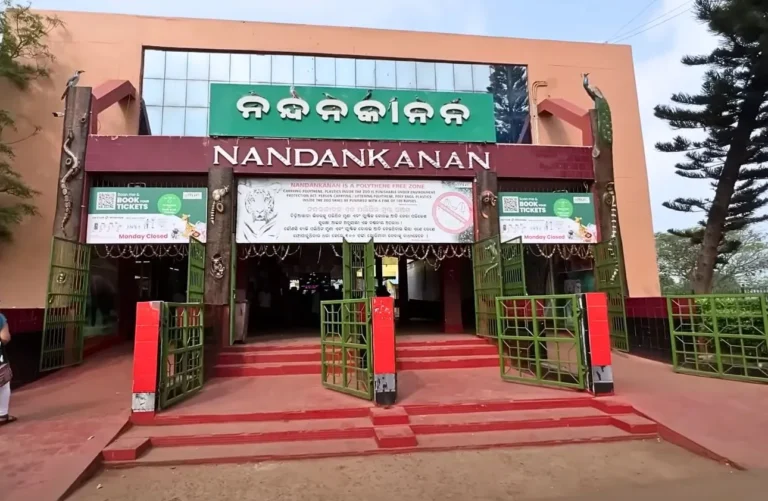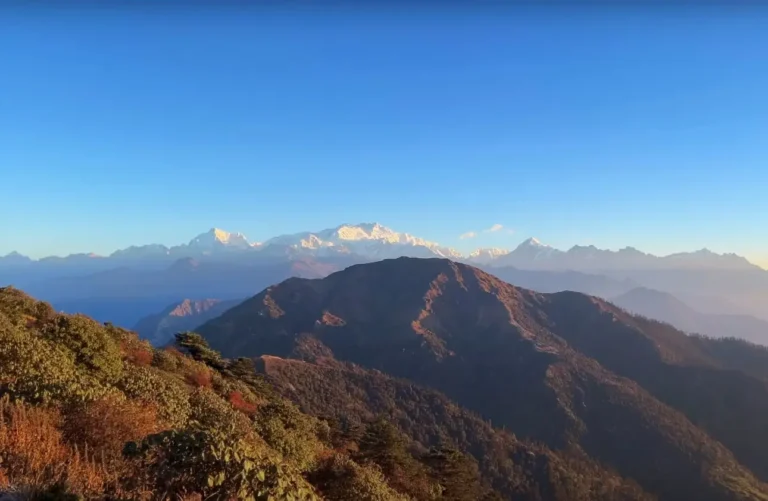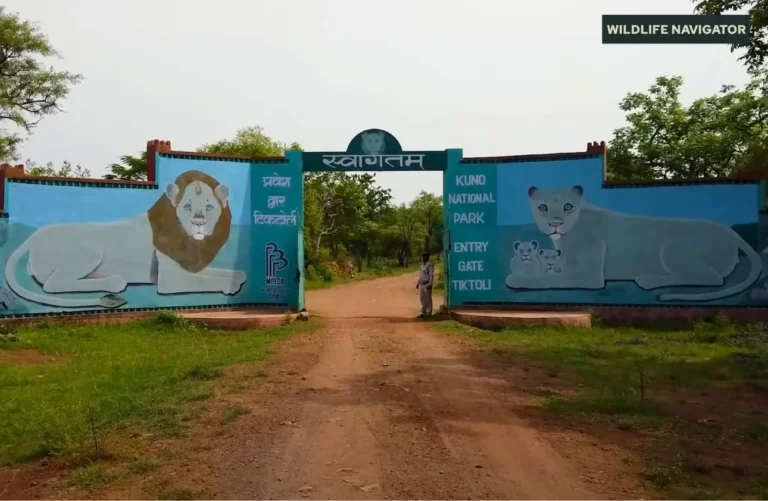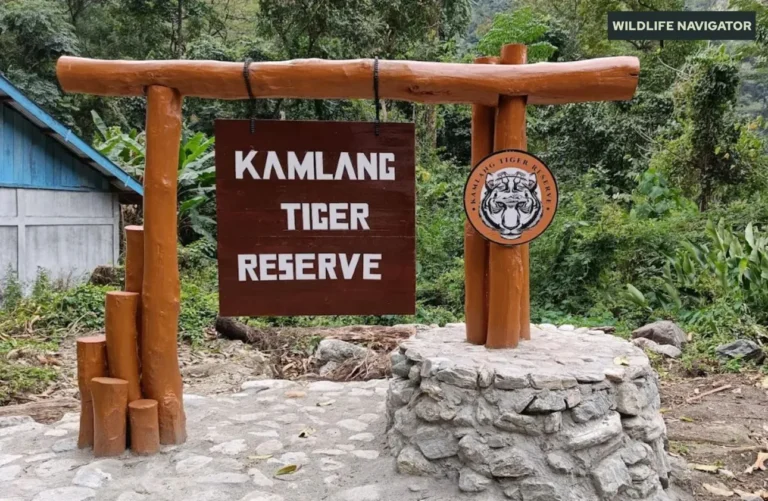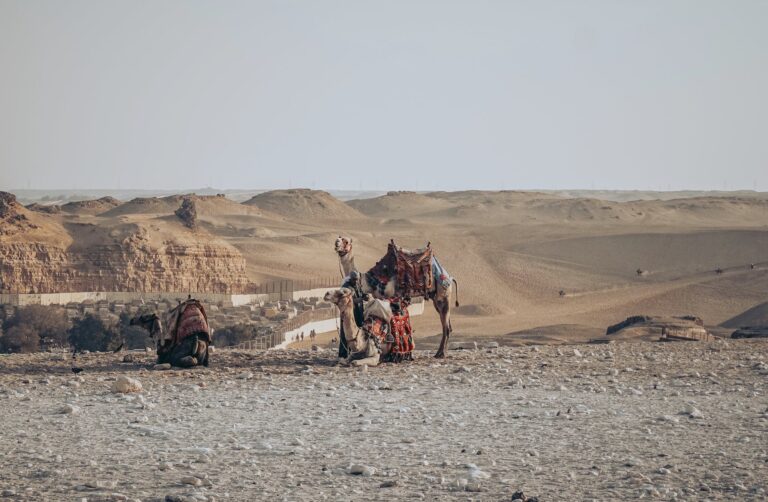A Complete Guide to Great Himalayan National Park
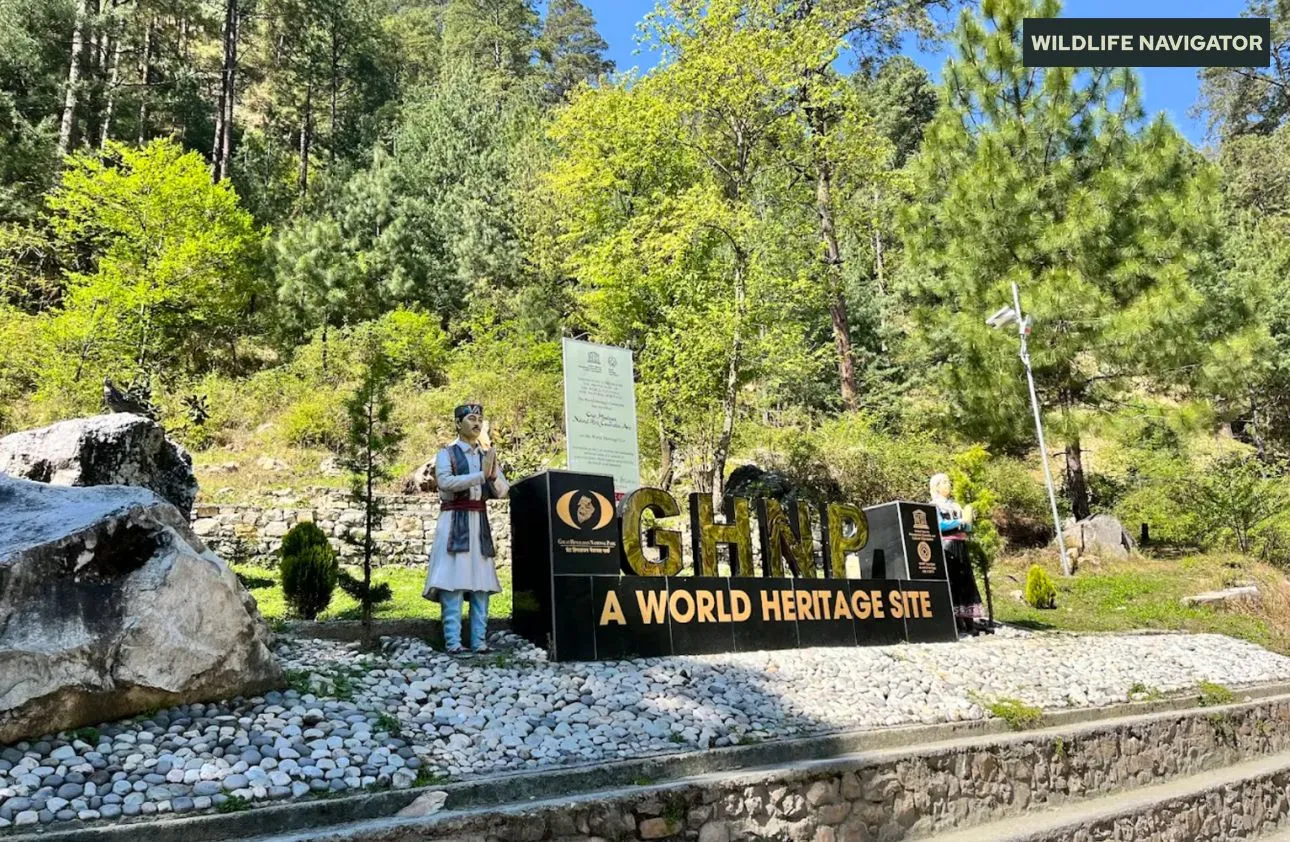
The Great Himalayan National Park (GHNP), located in the Kullu district of Himachal Pradesh, is one of India’s most stunning natural treasures. Recognised as a UNESCO World Heritage Site, the park represents the untouched beauty of the western Himalayas. Spread over an area of approximately 1,171 square kilometres, it is a paradise for nature enthusiasts, trekkers, and wildlife lovers who seek to explore an ecosystem that has remained largely undisturbed for centuries.
What makes GHNP truly remarkable is its rich biodiversity. From alpine meadows and thick deodar forests to glacial landscapes and fast-flowing rivers, the park offers a variety of habitats that support unique flora and fauna. It shelters rare species such as the elusive snow leopard, Himalayan tahr, and the endangered western tragopan, making it one of the most significant national parks in India for conservation.
Unlike many other wildlife reserves where jeep safaris dominate the experience, the Great Himalayan National Park offers adventure through trekking, camping, and guided eco-tours. This immersive style of exploration allows visitors to connect deeply with the environment, appreciate its pristine charm, and understand its importance in global biodiversity.
History, Geography and Landscape
Establishment and Recognition
The Great Himalayan National Park was officially established in 1984 with the primary goal of conserving the unique biodiversity of the western Himalayas. Over the decades, the park has earned global recognition for its untouched wilderness and ecological importance. In 2014, it was declared a UNESCO World Heritage Site, a status that highlights its role as a natural heritage of outstanding universal value. This acknowledgement also emphasises the importance of balancing conservation with the traditional livelihoods of local communities, who have long shared a cultural and spiritual bond with the park.
Location and Area
Situated in Himachal Pradesh’s Kullu district, GHNP covers an impressive area of about 1,171 square kilometres. Its altitudinal range, stretching from 1,500 meters to more than 6,000 meters above sea level, creates a wide diversity of habitats. This variation allows both temperate and alpine ecosystems to coexist within the park, making it one of the most biologically diverse protected areas in the Himalayas.
Rivers and Valleys
The park is also a crucial watershed area, as four major rivers—Tirthan, Sainj, Jiwa Nal, and Parvati—originate within its boundaries. These rivers carve out dramatic valleys, which today serve as gateways for some of the most scenic treks in the region.
Topography and Landscape
The landscape of GHNP is a blend of dense forests, alpine meadows, glacial zones, and snow-clad mountain peaks. Towering deodars and oaks dominate the lower altitudes, while higher regions reveal open pastures and breathtaking views of Himalayan glaciers, offering visitors a true wilderness experience.
Flora and Fauna of GHNP
The Great Himalayan National Park is a biodiversity hotspot, with a wide variety of plants, mammals, birds, and other species thriving across its diverse landscapes. Its altitudinal range—from subtropical forests to alpine meadows—creates multiple ecological zones, each with unique flora and fauna.
Flora
The park is home to more than 800 plant species, including medicinal herbs and wildflowers. Key highlights include:
- Trees: Deodar, Fir, Spruce, Oak, Rhododendron
- Alpine Flowers: Primulas, Gentians, Potentillas
- Medicinal Plants: Jatamansi, Kuth, Kutki
- Vegetation Zones: Subtropical forests, temperate forests, alpine meadows, glacial vegetation
Mammals
GHNP shelters around 30 mammal species, including rare and endangered species:
- Snow Leopard – elusive predator of high-altitude regions
- Himalayan Tahr – goat-antelope found in alpine zones
- Bharal (Blue Sheep) – herbivore adapted to rocky terrains
- Musk Deer – known for its fragrant musk
- Himalayan Serow – a goat-like ungulate
Birds
The park is a paradise for birdwatchers, with over 200 recorded species:
- Western Tragopan – endangered and rare
- Himalayan Monal – state bird of Himachal Pradesh
- Koklass Pheasant and Cheer Pheasant – native pheasant species
- Various raptors and migratory birds
Reptiles, Amphibians, and Insects
- Limited but specialised reptile and amphibian species
- Butterflies, moths, and other insects flourish in summer meadows
The combination of lush flora and diverse fauna makes GHNP a crucial conservation area, supporting both ecological balance and scientific research. Visitors can witness this biodiversity up close while trekking or exploring eco-trails.
Trekking, Entry and Exploration Options
Trekking Adventures
Unlike many wildlife reserves in India, the Great Himalayan National Park is best explored on foot. Trekking here is not just an activity but an immersive journey through pristine forests, alpine meadows, and high-altitude landscapes. Some of the most popular treks inside and around the park include:
- Tirthan Valley Trek – A moderate trek offering river views, dense forests, and traditional Himachali villages.
- Sainj Valley Trek – Easier trails, perfect for beginners wanting to explore lush valleys and cultural settlements.
- Raktisar Trek – A challenging trek that takes you to the origin of the Tirthan River.
- Tirath Trek – Known for scenic landscapes and sacred glacial lakes.
These treks range from short 2–3 day hikes to longer expeditions lasting 8–10 days, catering to both casual trekkers and experienced adventurers.
Entry Rules and Permits
Access to GHNP is carefully regulated to preserve its fragile ecosystem. Key rules and permits include:
- Entry Permit – Required for all visitors.
- Trekking and Camping Fees – Charges vary for Indians and foreigners, with additional costs for overnight camping.
- Guides and Porters – Hiring a local guide is mandatory for most treks to ensure safety and to support community-based tourism.
- No Vehicle Safaris – The park does not allow motor vehicles inside its boundaries. Exploration is strictly on foot.
Eco-Tourism Practices
GHNP promotes eco-tourism as a way to blend conservation with sustainable livelihoods. Travellers are encouraged to:
- Follow “Leave No Trace” principles.
- Respect wildlife and avoid noise pollution.
- Stay in eco-camps and community-run homestays in buffer zones.
- Support local guides, which helps strengthen conservation awareness among residents.
Trekking in GHNP is more than adventure—it’s a way to experience nature in its purest form.
Best Time to Visit
The Great Himalayan National Park can be visited throughout the year, but the best experience depends on the season. Each time of year offers a different perspective of its diverse landscapes and wildlife.
- Summer (April–June): This is the most popular season to visit GHNP. The weather is pleasant, with temperatures ranging from 10°C to 25°C. Snow melts from the higher altitudes, rivers flow with glacial water, and alpine meadows burst into a riot of colours with wildflowers in full bloom. It’s also the ideal season for trekking and birdwatching.
- Post-Monsoon (September–October): After the rains, the park looks fresh and green. The skies are clearer, offering breathtaking views of snow-clad peaks. This is a great time for longer treks like Raktisar or Tirath, as the trails are less slippery compared to monsoon.
- Winter (November–March): Heavy snowfall transforms the park into a white wonderland, but most high-altitude treks become inaccessible. However, lower valleys can still be explored, offering a quiet and serene winter experience.
For trekkers and wildlife lovers, summer and post-monsoon are undoubtedly the best times to explore the park.
How to Reach GHNP
Reaching the Great Himalayan National Park is an adventure in itself, as the journey takes you through scenic valleys, winding mountain roads, and charming villages of Himachal Pradesh. The nearest entry points to the park are the Tirthan Valley and Sainj Valley.
By Air
- The closest airport is Bhuntar Airport (near Kullu), located about 50 km from the park.
- From Bhuntar, taxis and buses are available to reach Gushaini (Tirthan Valley) or Neuli (Sainj Valley), which serve as gateways to GHNP.
- Alternatively, Chandigarh Airport (250 km) offers better flight connectivity from major Indian cities.
By Rail
- The nearest narrow-gauge railway station is Joginder Nagar, about 150 km away.
- For broader connectivity, Chandigarh Railway Station is the best option, from where buses and taxis are available to reach Kullu.
By Road
- GHNP is well connected by road from Delhi (500 km), Chandigarh (250 km), and Shimla (270 km).
- State transport buses and private cabs regularly ply on these routes.
- The final stretch to the park involves a drive to Gushaini or Neuli, followed by trekking into the park since no motor vehicles are allowed inside.
This combination of air, rail, and road options ensures visitors can choose their travel mode based on convenience and time.
Conservation Efforts and UNESCO Status
The Great Himalayan National Park is not just a scenic destination; it is a critical conservation stronghold in the western Himalayas. Its pristine ecosystems support a wide variety of flora and fauna, many of which are rare or endangered. Conservation efforts here focus on protecting these unique habitats while promoting sustainable tourism.
World Heritage Recognition
In 2014, GHNP was declared a UNESCO World Heritage Site, acknowledging its outstanding universal value and ecological significance. This status highlights the park’s role in preserving Himalayan biodiversity, including endangered species like the snow leopard, western tragopan, and Himalayan tahr. UNESCO recognition also emphasizes the need for careful management to maintain ecological integrity while allowing limited eco-tourism.
Conservation Initiatives
The park authorities, in collaboration with local and national organizations, implement several initiatives:
- Wildlife monitoring: Regular surveys of mammals, birds, and plant species.
- Habitat restoration: Reforestation and protection of alpine meadows.
- Research programs: Studies on high-altitude ecosystems and medicinal plants.
Community Involvement
Local villagers play a vital role in conservation. They serve as guides, manage eco-camps, and participate in educational programs that promote awareness about sustainable practices. Their involvement ensures that tourism benefits the community while minimising ecological impact.
Challenges
Despite strict regulations, GHNP faces threats from climate change, glacial melting, and occasional human intrusion. Continuous efforts are needed to balance tourism, local livelihoods, and biodiversity protection.
Through these measures, GHNP not only preserves Himalayan wildlife but also serves as a model for combining conservation with community-based eco-tourism.
Accommodation Options
While the Great Himalayan National Park remains largely untouched, visitors have several accommodation options in the surrounding valleys. Staying close to the park allows travelers to experience the wilderness while supporting local communities.
Eco-Camps
- Several eco-camps operate near Tirthan Valley and Sainj Valley, offering tents with basic facilities.
- These camps follow sustainable practices like solar lighting, rainwater harvesting, and waste management.
- Staying here provides an immersive experience, allowing visitors to enjoy starry nights and the sounds of the forest.
Homestays
- Local families offer homestays in villages such as Gushaini, Nagini, and Neuli.
- Guests can enjoy authentic Himachali cuisine and interact with the community.
- Homestays are ideal for travelers seeking cultural immersion alongside nature exploration.
Guesthouses and Lodges
- Small guesthouses and lodges are available in Kullu town, 50–60 km from the park.
- These provide more comfort and are suitable for families or those preferring modern amenities.
Notes on Accommodation
- There are no commercial hotels inside the core park area.
- Booking eco-camps or homestays in advance is recommended, especially during peak season (April–June, September–October).
Choosing the right accommodation ensures a comfortable and eco-friendly experience while exploring the pristine landscapes of GHNP.
Nearby Attractions
The Great Himalayan National Park is surrounded by scenic valleys, high mountain passes, and serene lakes, making it an ideal base for exploring the western Himalayas. Visitors can combine their trek or wildlife expedition with these nearby attractions.
Tirthan Valley
- Known for its crystal-clear river, lush forests, and charming villages.
- Popular for trout fishing, nature walks, and short treks leading into GHNP.
Sainj Valley
- Lesser-known than Tirthan but equally scenic.
- Offers peaceful trekking trails, traditional Himachali culture, and dense deodar forests.
Jalori Pass
- A high mountain pass at 3,120 meters, connecting Serolsar Lake and Tirthan Valley.
- Offers panoramic views of snow-capped peaks and alpine meadows.
Serolsar Lake
- A sacred alpine lake located near Jalori Pass.
- Surrounded by rhododendron forests, ideal for short hikes and photography.
Naggar Village
- Historic village with ancient temples and the Naggar Castle.
- A hub for art and architecture enthusiasts exploring Kullu Valley.
Exploring these nearby attractions not only enhances the GHNP experience but also allows visitors to witness the rich natural and cultural heritage of Himachal Pradesh.
Travel Tips for Visitors
Visiting the Great Himalayan National Park requires preparation to ensure a safe and enjoyable experience while minimising impact on the fragile ecosystem.
Essential Gear
- Carry sturdy trekking shoes for rough and uneven trails.
- Pack warm clothing, as temperatures can drop significantly, especially at higher altitudes.
- Bring a raincoat or poncho during the monsoon season.
- Use sunscreen, sunglasses, and a hat to protect against strong Himalayan sunlight.
Permits and Documentation
- Always carry your entry permit and a valid ID proof.
- If trekking in groups, ensure guides and porters are booked in advance.
Health and Safety
- Keep a first-aid kit with medicines for altitude sickness, insect bites, and minor injuries.
- Drink only safe or boiled water and stay hydrated.
Eco-Friendly Practices
- Follow the “Leave No Trace” principle: avoid littering, and do not disturb wildlife or plants.
- Stay in eco-camps or homestays to support local communities.
Other Tips
- Plan treks according to your fitness level.
- Inform local authorities about your trekking plans for safety.
Following these tips ensures a smooth, safe, and eco-conscious adventure in one of India’s most pristine national parks.
Conclusion
The Great Himalayan National Park stands as a true jewel of the western Himalayas, offering a rare glimpse into an untouched mountain ecosystem. Its rich biodiversity, from towering deodar forests and alpine meadows to elusive snow leopards and endangered birds, makes it one of the most important national parks in India for conservation and eco-tourism alike.
Visiting GHNP is more than just a trip; it is an immersive experience where trekkers, wildlife enthusiasts, and nature lovers can connect with pristine landscapes and understand the delicate balance of high-altitude ecosystems. Guided treks, eco-camps, and homestays ensure that tourism remains sustainable while supporting local communities.
Whether it is exploring scenic valleys, trekking through rivers and meadows, or simply enjoying the serenity of the Himalayas, GHNP promises an unforgettable adventure. It is a destination that reminds us of the importance of preserving natural heritage for future generations.
Frequently Asked Questions (FAQs) about Great Himalayan National Park
1. Where is the Great Himalayan National Park located?
It is located in the Kullu district of Himachal Pradesh, India, spread over approximately 1,171 square kilometres in the western Himalayas.
2. How can I reach GHNP?
You can reach GHNP by air (Bhuntar Airport), rail (Joginder Nagar or Chandigarh), or road from Delhi, Chandigarh, Shimla, or Kullu. The final stretch requires trekking, as no vehicles are allowed inside.
3. What is the best time to visit GHNP?
The ideal time is April to June (summer) and September to October (post-monsoon). Winters are snowy and challenging for trekking, though lower valleys remain accessible.
4. Do I need a permit to enter GHNP?
Yes, entry permits are mandatory, especially for trekking and camping. Local guides are often required for safety and eco-tourism purposes.
5. What kind of wildlife can I see in the park?
GHNP hosts rare species including snow leopards, Himalayan Tahr, musk deer, and over 200 bird species such as the endangered Western Tragopan.
6. Are there accommodation options inside the park?
There are eco-camps, homestays, and guesthouses near Tirthan and Sainj valleys. No commercial hotels exist inside the core park area.
7. Can beginners go trekking in GHNP?
Yes, there are moderate and easy treks like Tirthan and Sainj Valley treks suitable for beginners. High-altitude treks like Raktisar require more experience.
8. Is GHNP safe for solo travellers?
It is relatively safe, but solo travellers are advised to hire local guides and inform park authorities about their trekking plans for safety.
